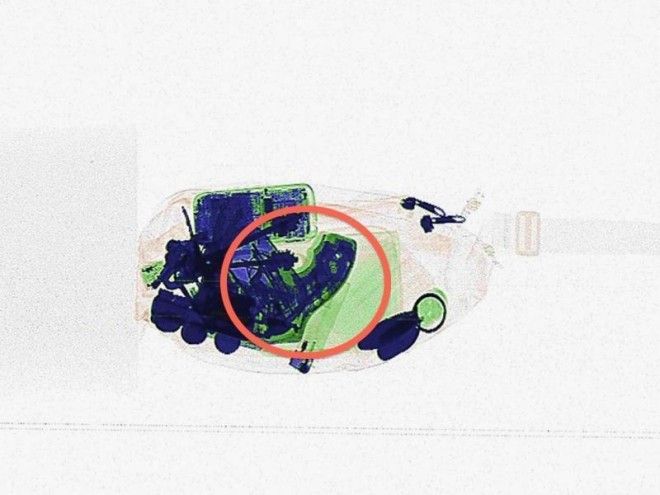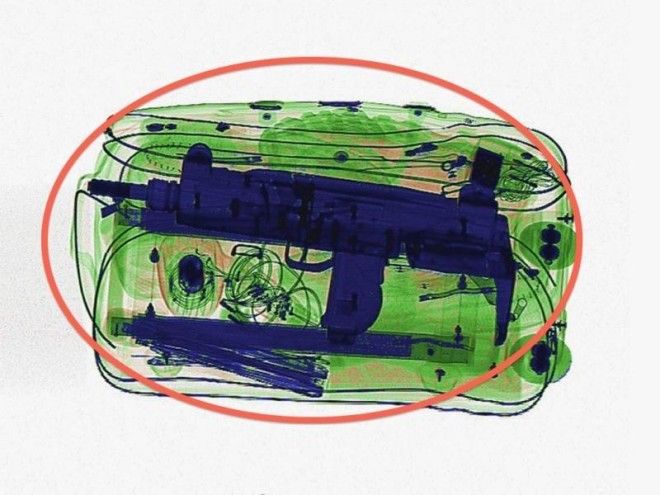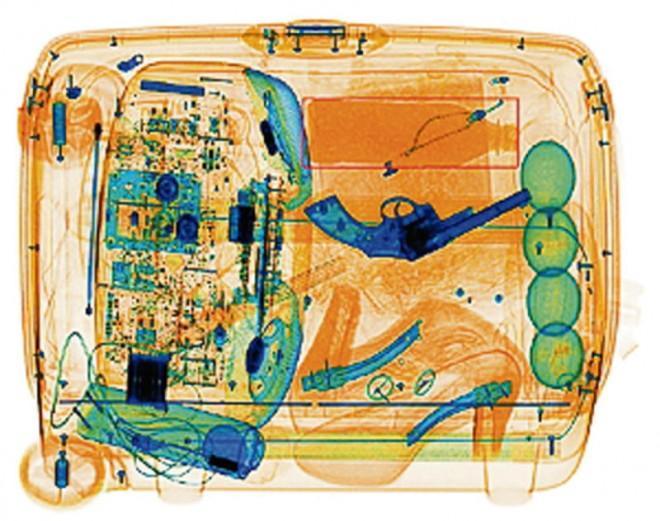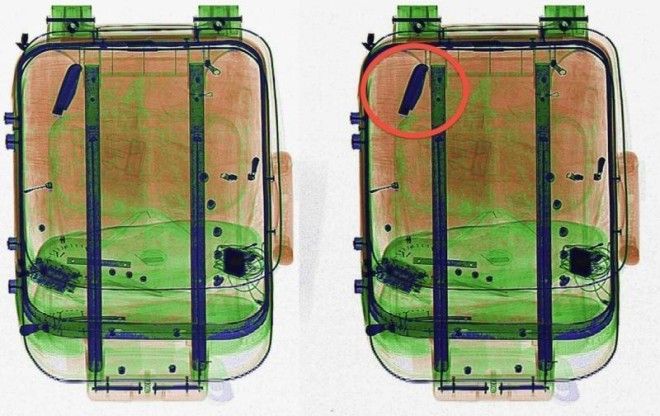
The list of things cannot be taken aboard an aircraft is long and includes mostly sharp and flammable items, and obviously dangerous items such as firearms and explosives. The x-ray machines used in airports are much like the ones in hospitals, but combined with computer programs that color objects according to their density.
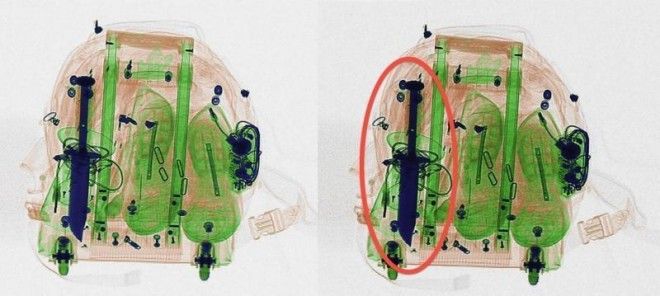
Roberto Sergnese, president of Simulscan, an Italian company that offers training in computer-based x-ray screening, told Wired that the check for contraband starts by answering three questions: “What are you looking for? What does it look like? What does it look like in an x-ray image?”
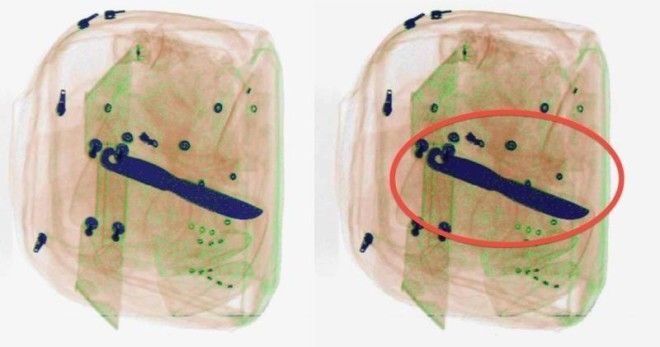
Advertising
Sergnese, former security expert at Continental, PanAm and American Airlines, said that despite having so much experience, in some cases it may be impossible to recognize the contents in a bag.
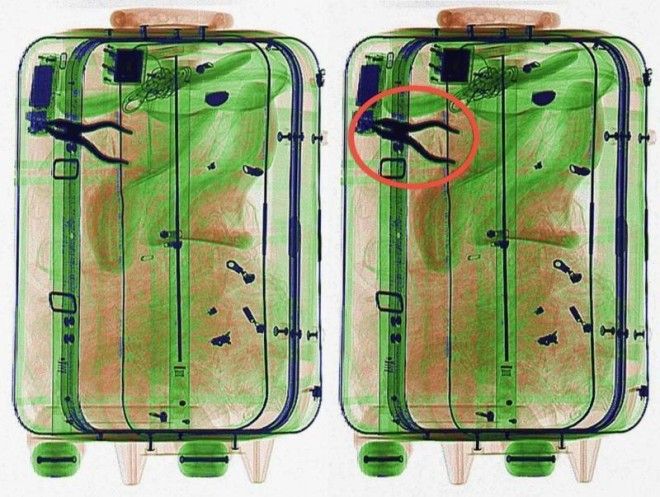
“You don’t have to recognize everything inside a bag,” Sergnese says. “That simply isn’t feasible. The trick is knowing what the threats are, and how to spot them. That means knowing, say, how a terrorist might fashion an improvised explosive device. Nobody will come with a bomb like in the cartoons,” he says.
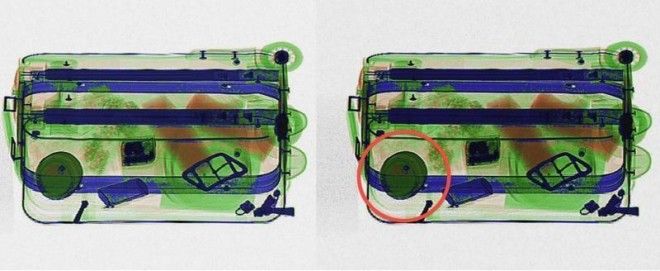
The x-ray images of luggage released by Simulscan are either real cases or simulations, some of which are quite alarming. However, it is surprising to see how dangerous objects, such as a gun or a pocket knife, can easily be overlooked when mixed with other items in the luggage.
